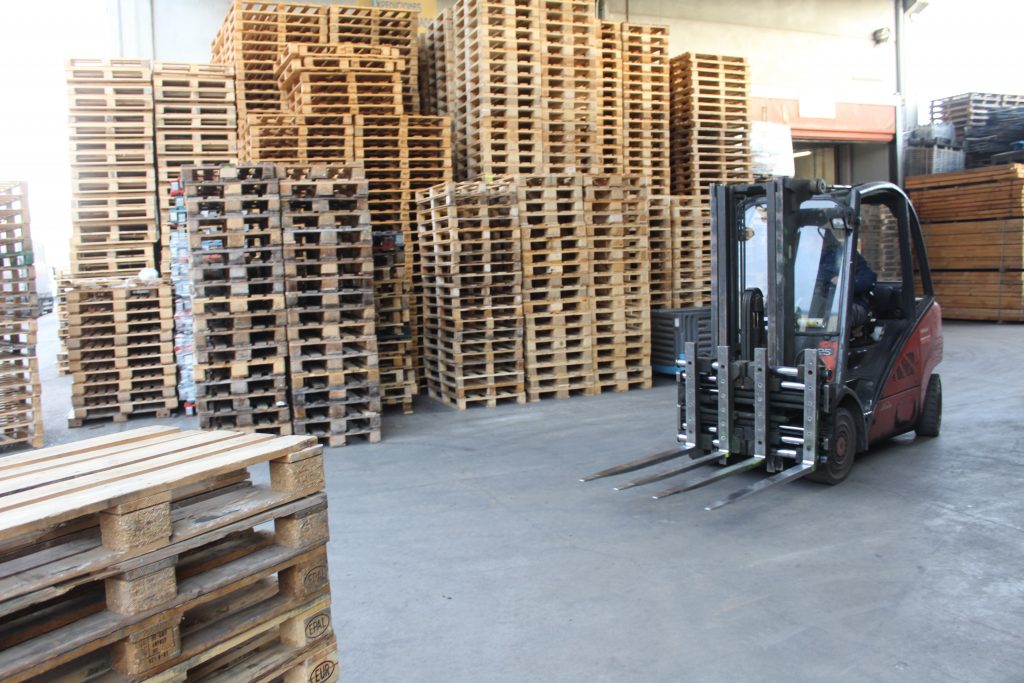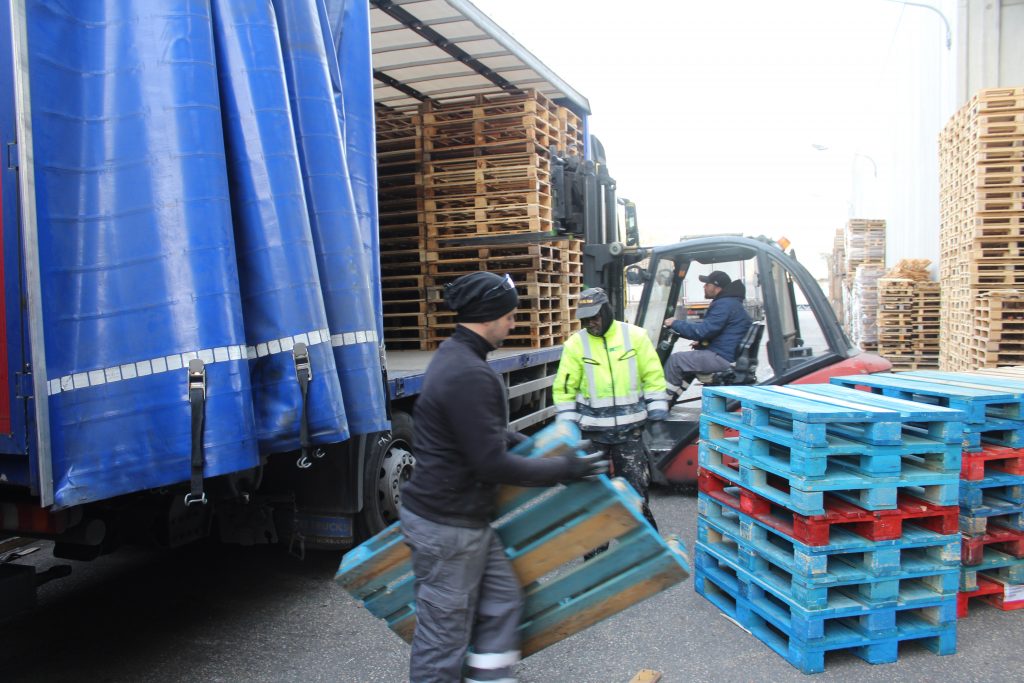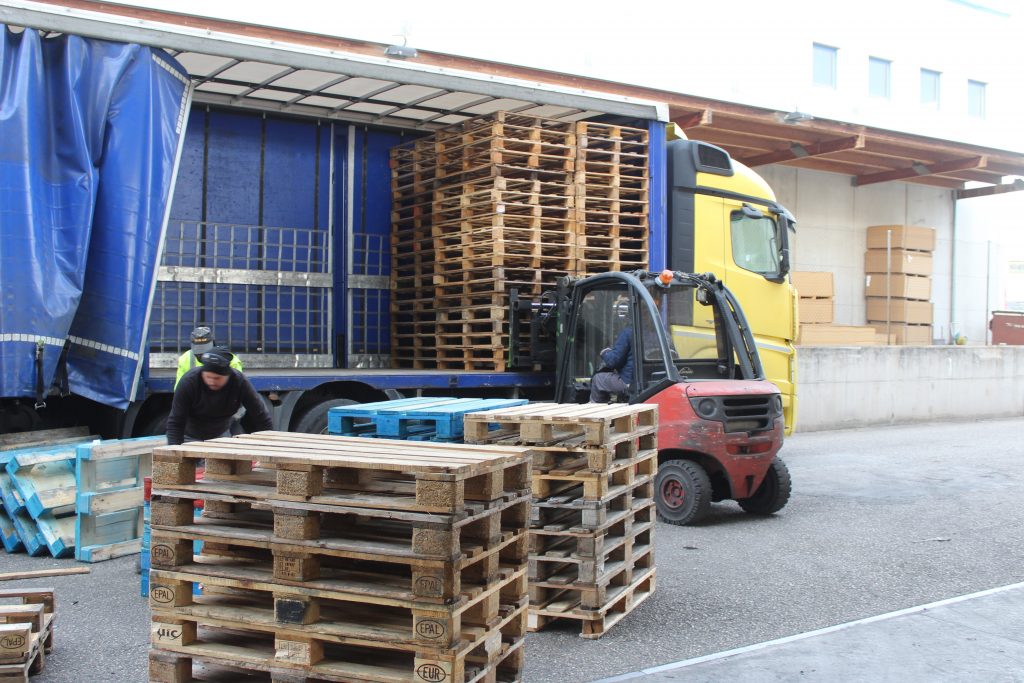Types of wooden pallets, a solution for every need
Wooden pallets are fundamental elements in logistics and the transportation of goods, and there are various types designed to adapt to different needs and specific applications. Given this, there are different types of wooden pallets that adapt to different needs. These pallets are classified according to their design, dimensions and characteristics. Below are some of the types of wooden pallets more common

Block Pallets:
Block pallets are perhaps the most traditional and used. They are constructed with planks at the top and bottom, separated by perpendicular blocks. This structure provides a solid and stable base, being the types of wooden pallets ideal for heavy loads.
Plank Pallets:
Plank pallets are similar to block pallets, but instead of perpendicular blocks, they have planks on the bottom that extend the entire length of the base. This makes it easier to enter forklift forks from any direction, improving accessibility and handling efficiency.
Single and Double Entry Pallets:
These pallets are differentiated by the way the forklift forks can access them. Single entry pallets allow forks to enter from two sides, while double entry pallets allow entry from four sides. This feature of these types of wooden pallets It is crucial in environments where handling efficiency is essential.
Reversible Pallets:
Reversible pallets have a structure that allows them to be used interchangeably in both directions. This offers flexibility in loading and unloading layout, as the pallet can be reversed according to logistical needs.

Wide Wing Pallets:
Wide-flange pallets have wider planks on top. This means that among the types of wooden pallets It is the ideal option for loading and transporting larger or heavier products, as it distributes the weight more evenly.
Export Pallets:
These pallets are designed to comply with international shipping and export regulations. They generally follow the recommendations of ISPM 15, which establishes guidelines for the heat treatment of wood, ensuring that it is free of pests and pathogens.
Light Pallets:
Lightweight pallets are constructed from thinner materials and are ideal for lighter loads. Although they are less robust than other types, they are the types of wooden pallets ideal for those looking for an economical solution for certain logistics applications.
Honeycomb Pallets:
These pallets have a "honeycomb" structure on the upper part, made up of small hexagonal cells. This design improves strength and load capacity, while reducing pallet weight.
The choice of the type of wooden pallet will depend on several factors, such as the type of merchandise to be transported, the handling equipment available and the specific logistical requirements. It is important to select the right type to maximize efficiency in the supply chain and ensure the safety and stability of cargo during transportation and storage.

